This is the third in my series on True Towns featuring small towns that have maintained their identities and historic character.
There is a very good reason for repeated posts about Edenton, North Carolina on this page. Simply put, the town serves as a great example of the power of purpose and the impact that power can have on the cause of historic preservation.
Edenton is a small town with a deep history that pre-dates the American Revolution by more than a century. It was the earliest European settlement in the state, and briefly served as the capital of the Province of North Carolina from 1722 to 1743. A few years later in 1774, the woman who owned this house rallied 50 of her best friends - all women - to sign a declaration of boycott against English tea. News of the declaration made its way into the London newspapers and caused a great deal of ridicule and scorn, but Penelope Barker and her 50 friends stood fast. History today records the Edenton Tea Party (which came before the other one in Boston, by the way), as the first known act of political protest by women in the colonies.
Suffice all of this to say, if ever there was a place where historic preservation should be a top priority, Edenton, NC is such a place. And through the years, the residents have risen to the task. What is more, they continue to lead the way.
The story of Cupola House, for instance, which sits just down the street from Penelope Barker’s house, is long-standing and yet as fresh as this morning. The house was built in 1756, and contained incredibly detailed and ornate interior woodwork that was considered so important it was purchased in 1918 by The Brooklyn Museum and removed from the house, much to the surprise and dismay of the town.
That misfortune, however, resulted in the formation of the earliest community preservation effort in the state. The Cupola House Association was formed in 1918, even before the more famous “first” historic foundation in Charleston, South Carolina.
And today, the story continues. The Brooklyn Museum has recently agreed to return the woodwork to Cupola House, more than a century after it left the premises.
A recent post by Edenton’s Elizabeth Vann Moore Foundation makes the eloquent case for how even the smallest of towns can produce great results.
When visitors come to Edenton they often wonder how this tiny little town of 5000 inhabitants supports so many house museums. In the past couple of decades historic house museums have been having some difficulties. However the proposed sale of the Nathaniel Russell House in Charleston by the Historic Charleston Foundation early this year was a “game-changer” for all house museums. Preservation voices from across the nation loudly condemned this action and stated once and for all that these special places should be valued, safe-guarded and open to the public.
Edenton has always valued its house museums and the Cupola House has been carefully protected by a small board of directors since 1918 when the house was almost lost. Last night the Cupola House Board of Directors met to discuss the upcoming re-installation of its original downstairs woodwork which has been on display in the Brooklyn Museum for over 105 years. The Cupola House Association is older than the Historic Charleston Foundation and looks forward to the next few years where under the guidance of Robert Leath, paint analysis, dendrochronology, and ground penetrating radar will guide the restoration process. The Elizabeth Vann Moore Foundation is grateful that Ralph Harvard has agreed to help Cupola House return its original woodwork to Edenton.
Blessed with an overabundance of historic riches, Edenton is also the home of Hayes Farm, arguably on of the top most important historic houses in the state. Many of you have followed my updates on the restoration and rebirth of Hayes, which was designed and built in 1817 by William Nichols, one of North Carolina’s most esteemed early arcitects, for James Johnston, the son of NC Governor Samuel Johnston.
The expert team of restoration experts, architectural historians, skilled artisans and preservation champions at work on bringing Hayes forward as a North Carolina Historical Site includes Robert Leath, Andrew Ownbey, Wade Rogers, and Sam Dixon, whose collective energies are being utilized not only at Hayes but also at Cupola House and other historic sites in town. Rogers (in his spare time) is also managing to restore the Manning House in Edenton as his own residence.
It does my heart good to see tiny Edenton continuing to lead the way, breaking new preservation ground every day. If you care about saving the places that are important to the history of your own community, I hope that you will take inspiration from their story. If it can happen in Edenton, it can happen anywhere.
Photos of Edenton, NC, by Beth Yarbrough. Photo of Cupola House woodwork by The Daily Advance, Elizabeth City, NC. Photo of Hayes Farm by Sam Dixon.

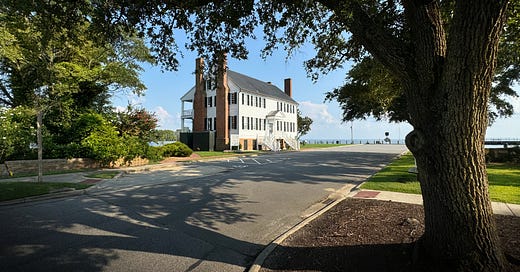



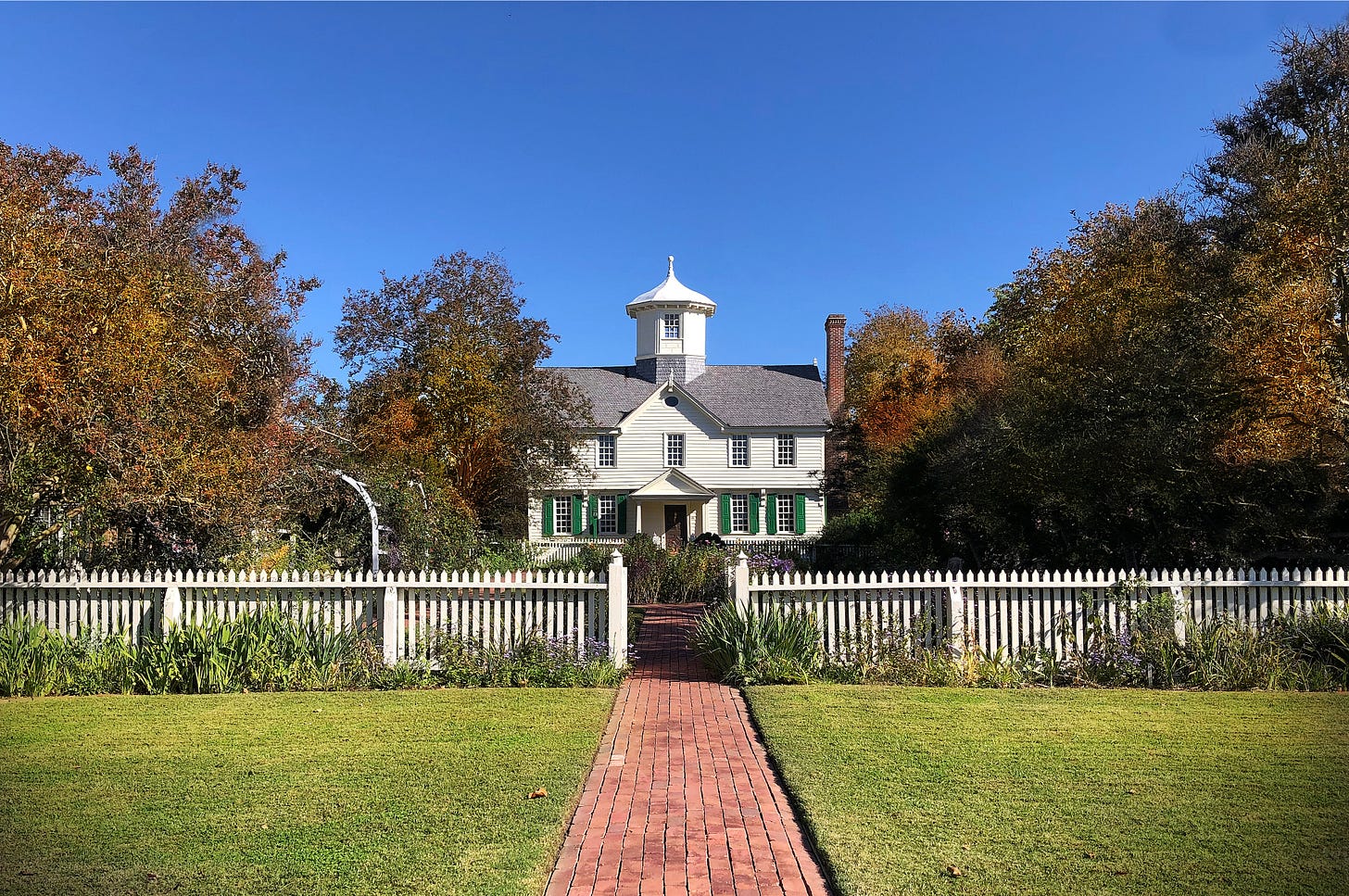

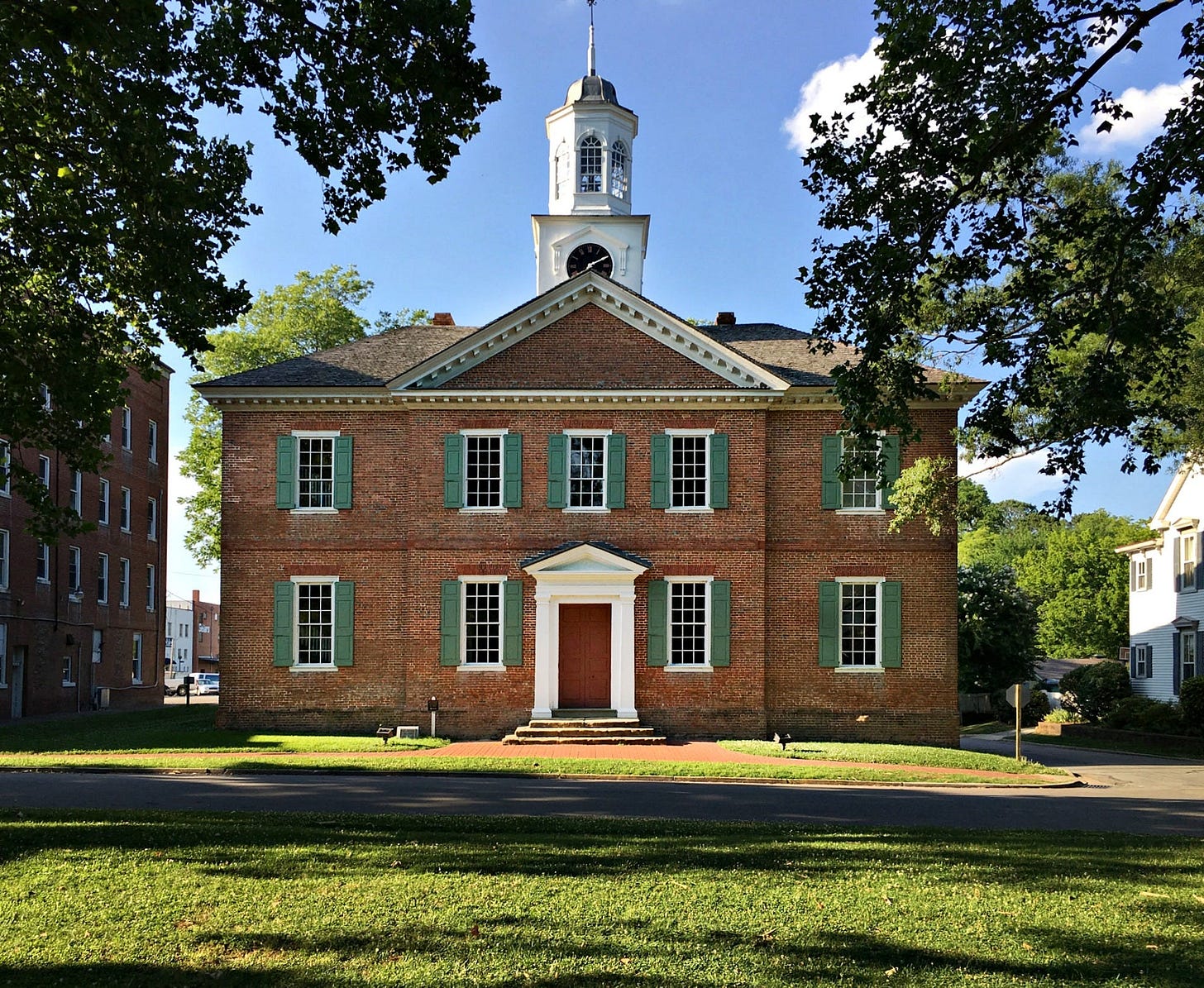
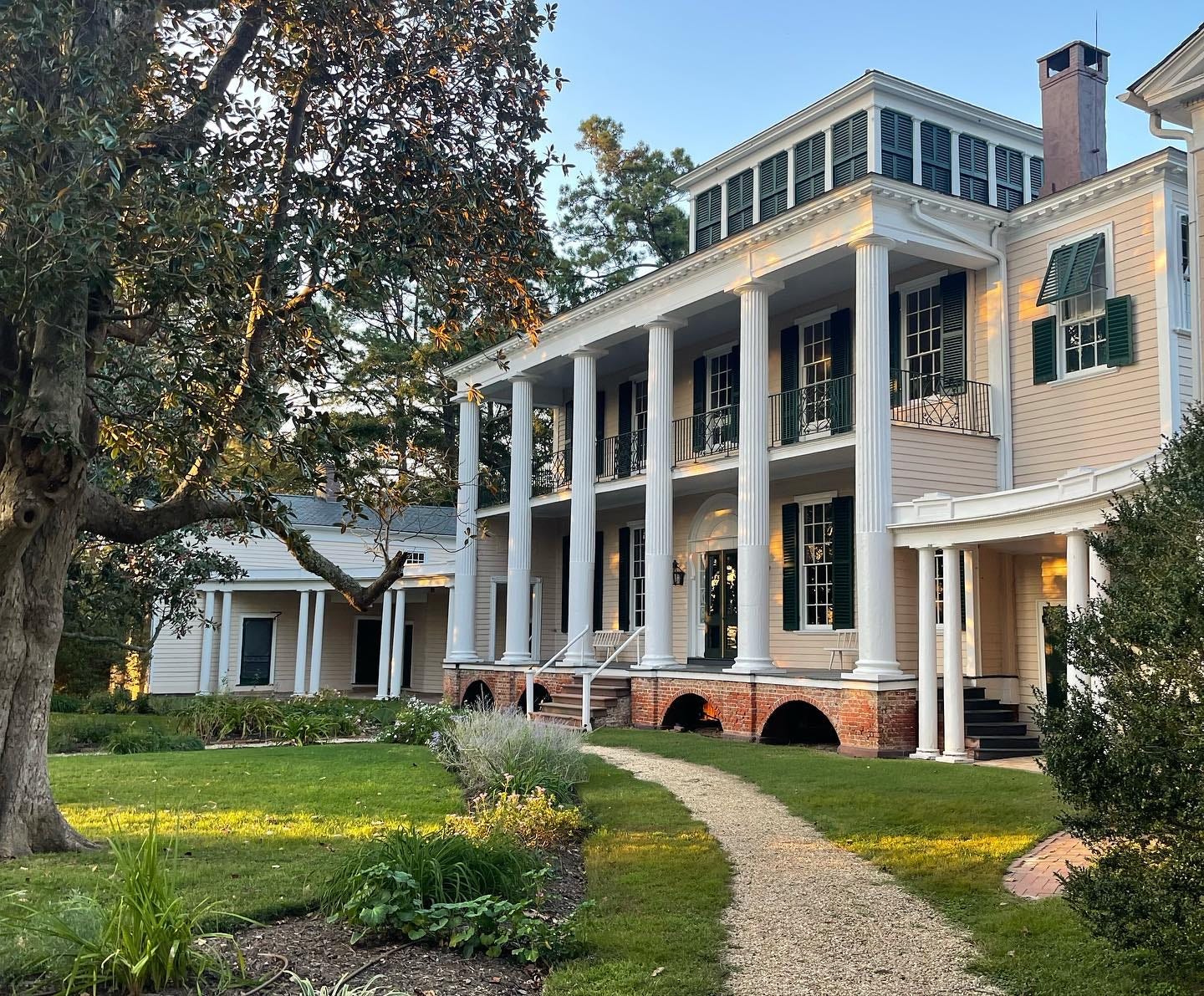
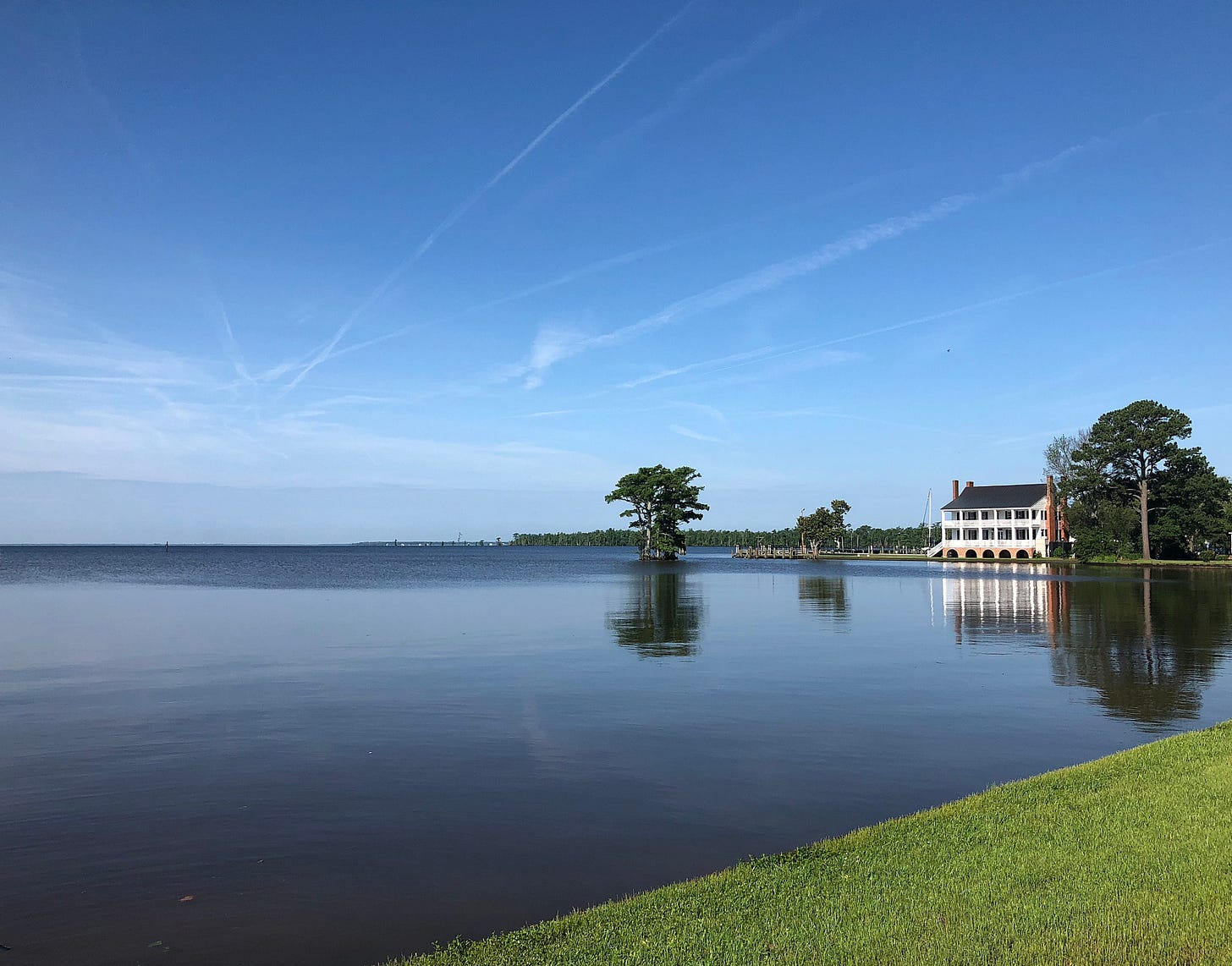

So excited to hear this!